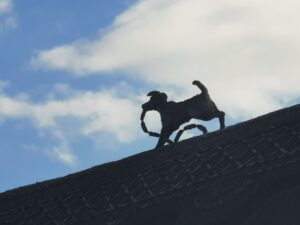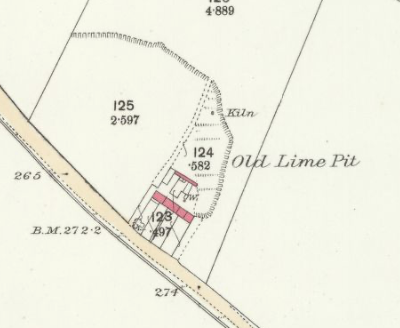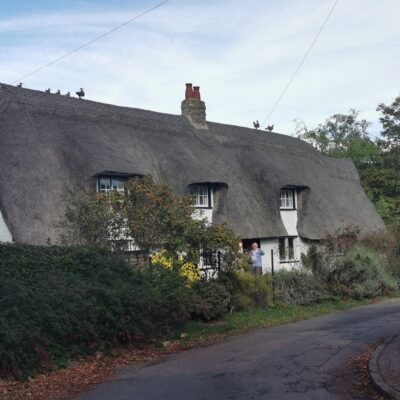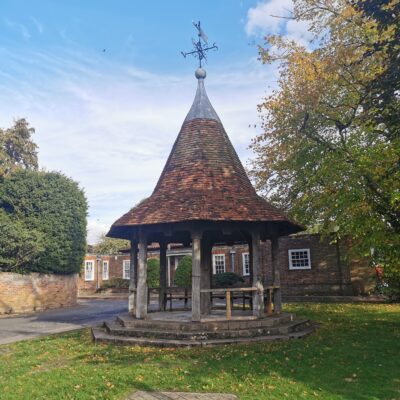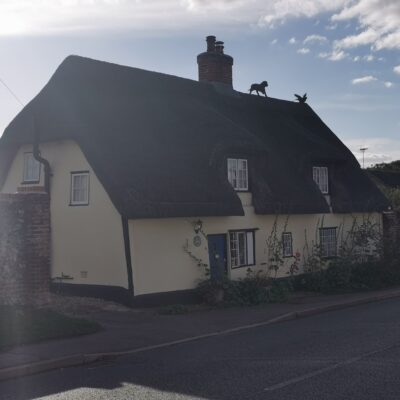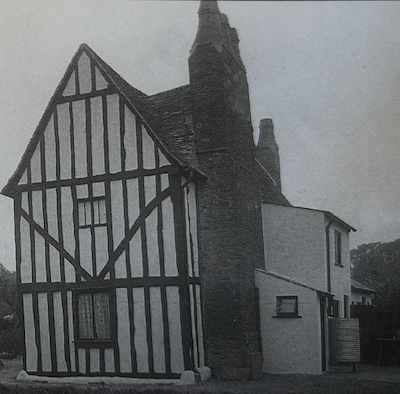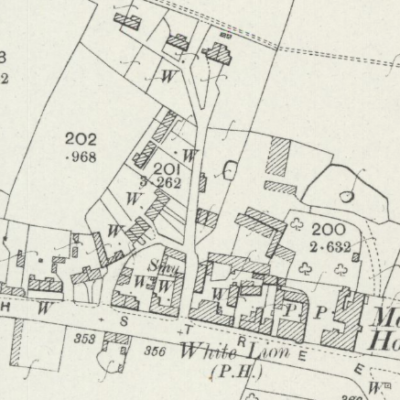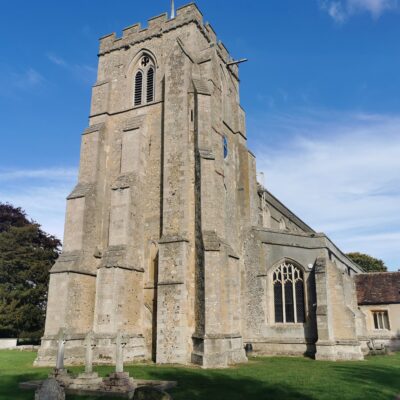Search by topic
- archaeology
- architecture
- bricklayer
- Building of Local Interest
- carpenter
- church
- crime
- dressmaker
- fire
- Great Eastern Railway
- listed building
- medieval
- oral history
- Public House
- Rattee & Kett
- Religious House
- Roman
- scholar
- school
- Then and Now
- tudor
- women
- work
- world war one
- world war two
Search by text
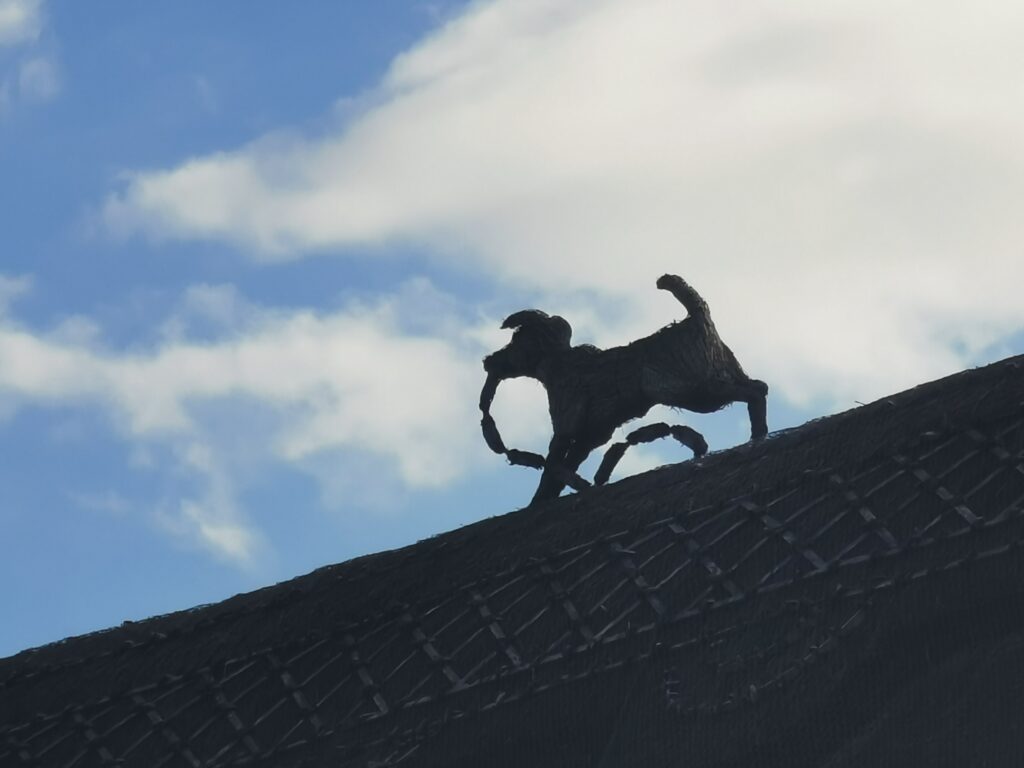 The Old Butcher's Balsham (RGL 2022)
The Old Butcher's Balsham (RGL 2022)The Old Butcher, Balsham
History of the Old Butchers
Balsham – A Village Story 1617 – 2017 states that the premises appear on the 1617 enclosure map of the village,
1756 William Arch, tailor
Mid 1800s: grocer and draper
Late 1800s: glazier
1874 anon map numbers two cottages here, 124 and 125, Widow Webb and George Goward.
1919 It became two cottages with one used as a soup kitchen with the widow owner ladling out bowls to the needy at 1d a bowl.
1920 property sold to William Alfred Prince for £20. In the same year William Ince, butcher, purchased the property from William prince for £80.
Each of the dwellings consisted of two rooms and downstairs and two up. A slaughterhouse was built at the back for killing pigs which villagers brought him. The two round metal signs on the front wall were originally brewery signs. When the Bell Inn changed from one brewery to another in the 1920s Mr Ince purchased them from Mr Rickwood.
1936 Mr Ince sold his business to Frank Norden including his special recipe for curing ham.
1950 abattoir part of business ceased. Norden invested in a telephone and rethatching of the roof.
1955 business sold to Mr and Mrs B Brown.
1960s: whole ground floor used as shop with rooms above as storage.
2016 Ceased operation as a butchers and is now a coffee and cake shop.
Contribute
Do you have any information about the people or places in this article? If so, then please let us know using the Contact page or by emailing capturingcambridge@
License
This work is licensed under CC BY-NC-SA 4.0








